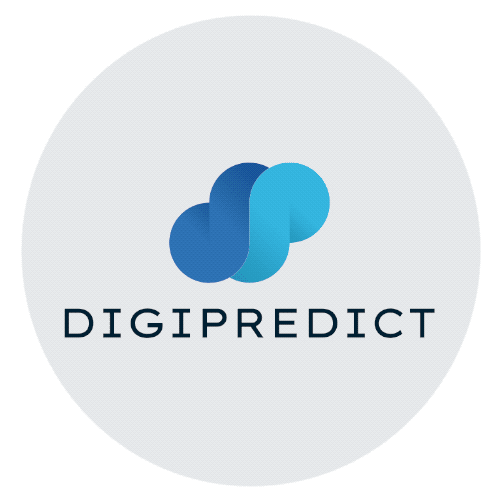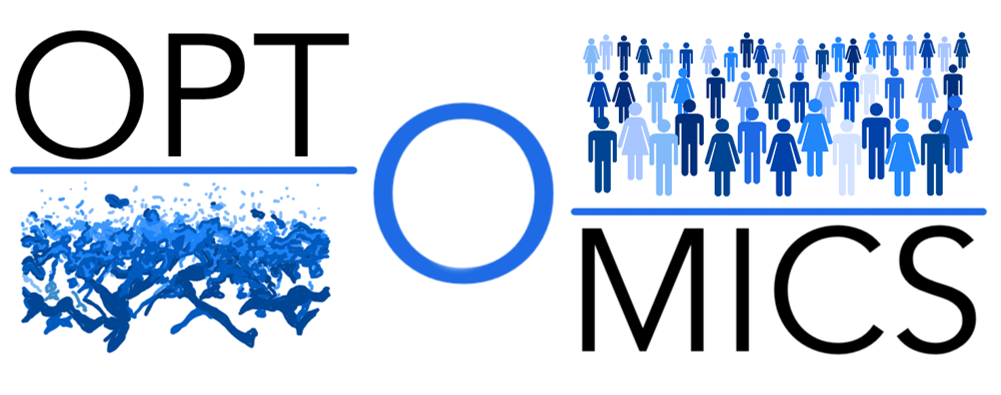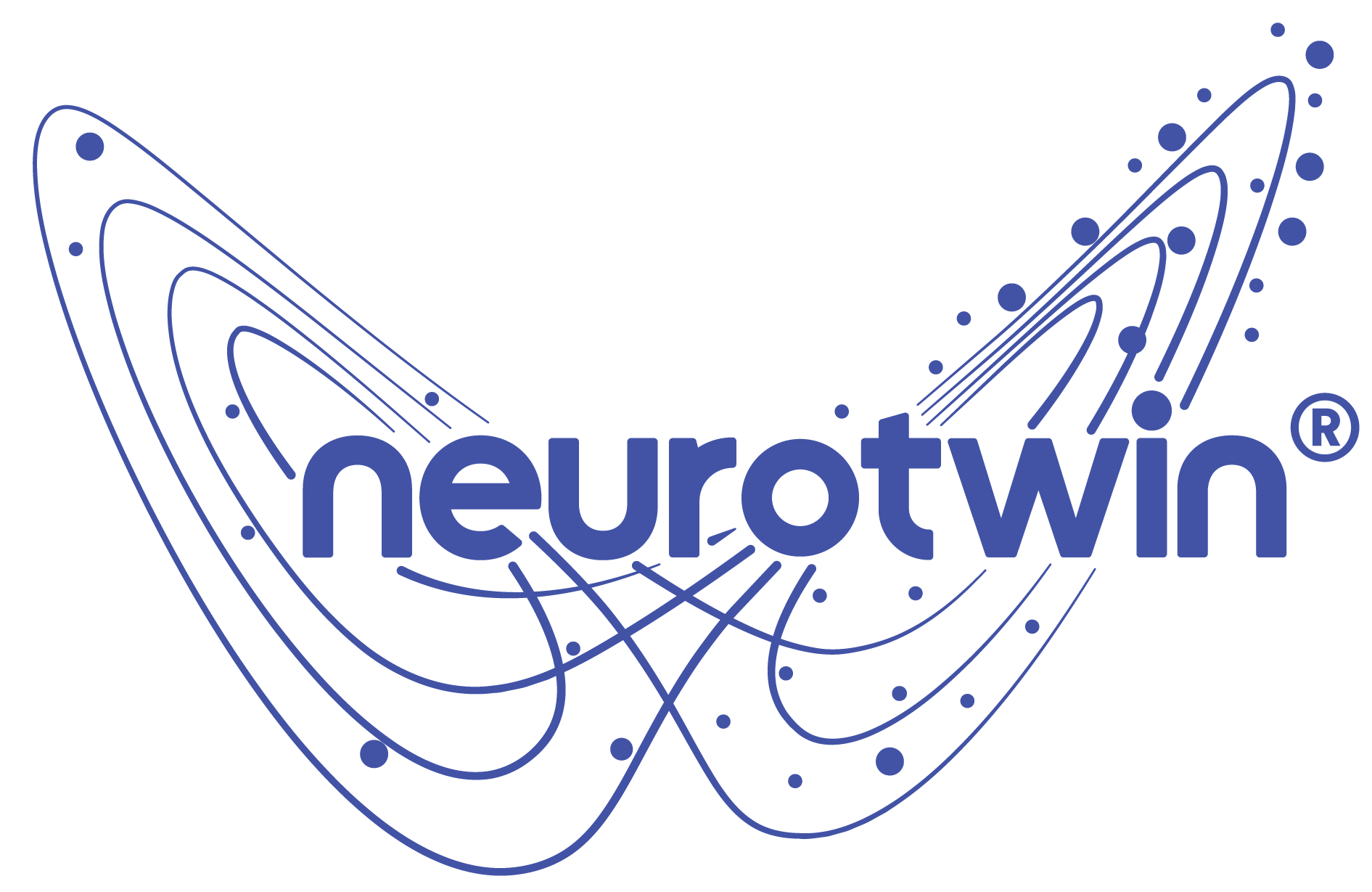DIGIPREDICT twin projects
The DIGIPREDICT project is a complementary project to two additional EU Horizon 2020 projects, Neurotwin (Grant No. 101017716) and OPTOMICS project (EU Grant No. 101017802).
Together with these complementary projects the DIGIPREDICT project aims to increase public awareness and streamline the process of developing and ensuring the success of digital twin technologies.

OPTOMICS — Combining optoacoustic imaging phenotypes and multi-omics to advance diabetes healthcare

Diabetes has emerged as a global pandemic affecting more than 420 million people worldwide, a number expected to further rise in the next decades. The disease has very heterogeneous outcomes and accurate patient staging or prediction of subsets of individuals likely to develop disease and/or progress to disease complications are currently unmet clinical challenges in need of urgent attention. OPTOMICS aims to research methodology that can deliver a paradigm shift in type 2 diabetes healthcare, by integrating 1) molecular phenotyping, 2) a new generation of phenotypic measurements in humans, representative of diabetes onset and progression, allowed by novel portable and non-invasive optoacoustic technology and 3) cutting-edge computational approaches leveraging progress in Artificial Intelligence. This research will develop and validate a digital twin model that catalyses a step change in shortening the path to translation, enabling applications in the entire spectrum from target identification & prevention/prognosis to patient stratification for type 2 diabetes and its complications. In addition to the research and technology goals, OPTOMICS places special attention to the ethical needs and implications of the work performed and further aims at exemplary project management, human measurements, dissemination and communication activities and updating an adept exploitation plan for the digital twin developed
Neurotwin — Disruptive solutions through model-driven, individualized therapy

Recent findings suggest that non-invasive brain stimulation may be a valuable option in conditions such as epilepsy or Alzheimer's (AD). Still, a better understanding of mechanisms and patient-specific factors is needed. Personalized hybrid brain models uniting the physics of electromagnetism with physiology – neurotwins or NeTs – are poised to play a fundamental role in understanding and optimizing the effects of stimulation at the individual level. We ambition to deliver disruptive solutions through model-driven, individualized therapy. We will build a computational framework – weaved and validated across scales and levels of detail– to represent the mechanisms of interaction of electric fields with brain networks and assimilate neuroimaging data. This will allow us to characterize the dynamical landscape of the individual brain and define strategies to restore healthy dynamics. Benefitting from existing databases of healthy and AD individuals, we will deliver the first human and rodent NeTs predicting the effects of stimulation on dynamics. We will then collect detailed multimodal measurements in mice and humans to improve the predictive power of local and whole-brain models under the effects of electrical stimulation, and translate these findings into a technology pipeline for the design of new personalized neuromodulation protocols which we will test in a cohort of AD patients and healthy controls in randomized double-blinded studies. With research at the intersecting frontier of nonlinear dynamics, network theory, biophysics, engineering, neuroscience, clinical research, and ethics, Neurotwin will deliver model-driven breakthroughs in basic and clinical neuroscience, with patients ultimately benefiting from safe, individualized therapy solutions.
